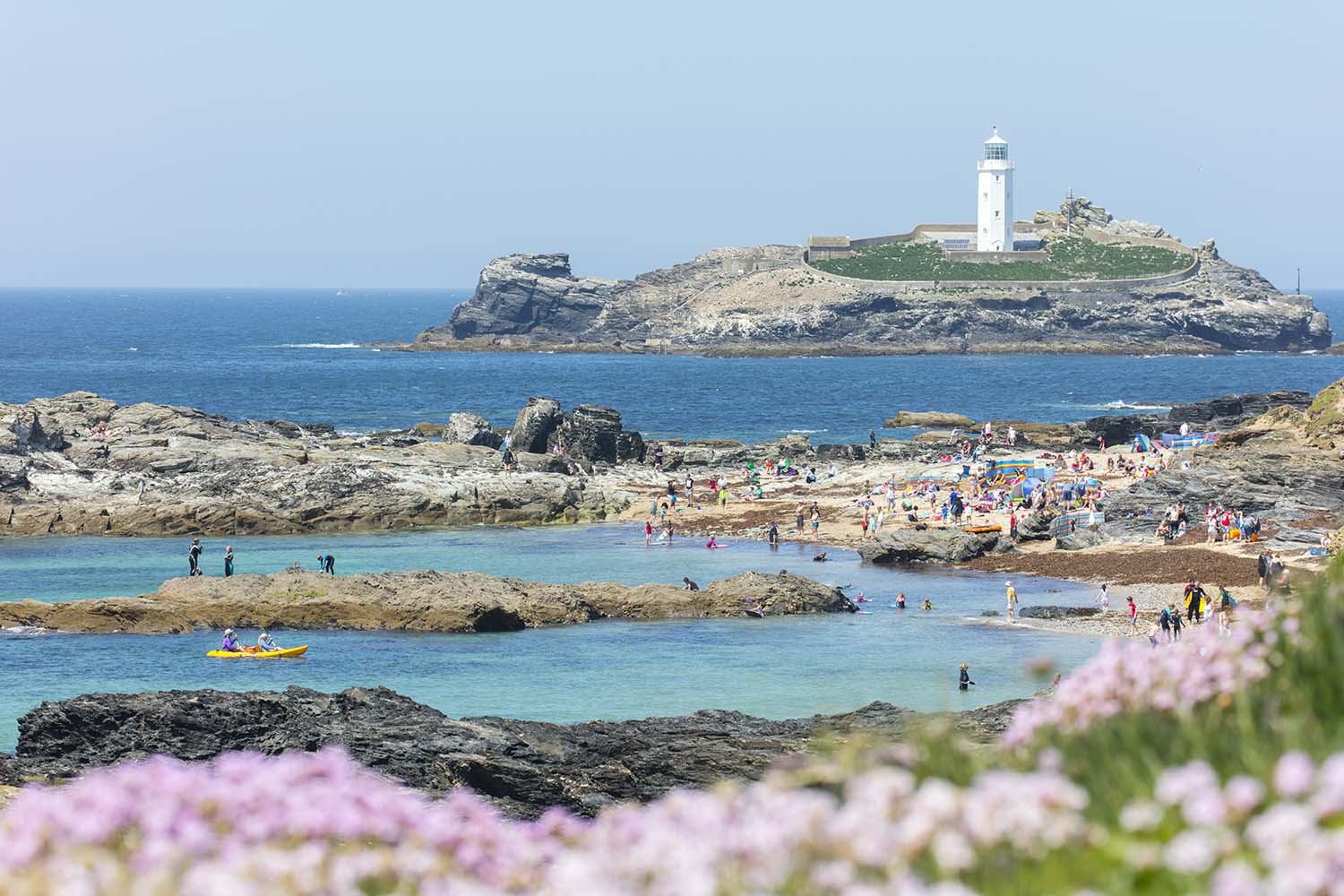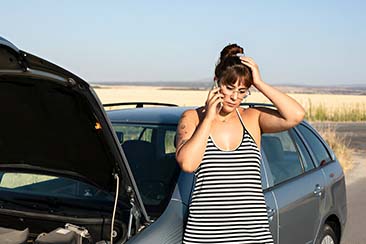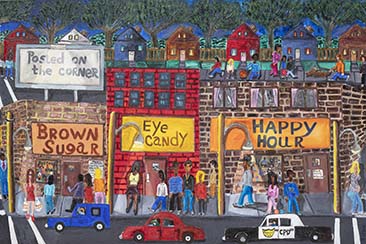2020 will be remembered as a year of seismic change. The coronavirus pandemic has impacted the way we work, commute and spend our leisure time; often in dramatic ways. By April, Google data was revealing a huge decrease in footfall in transit stations, workplaces and retail centres; followed by a hike in visits to UK parks and beaches, once restrictions began to ease in May.
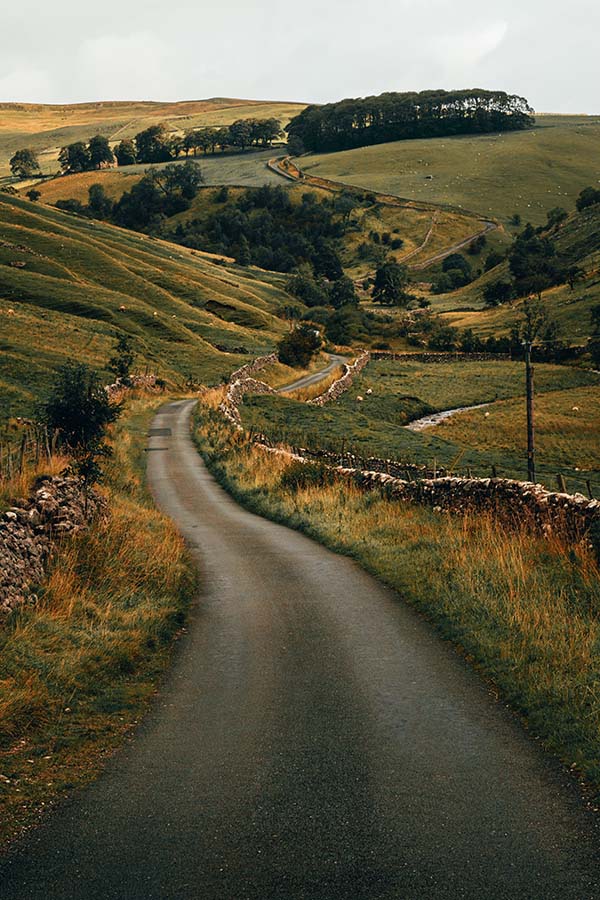
Photo, Illiya Vjestica.
Our tourism habits showed a similar pattern: According to the Office for National Statistics, in June 2020, UK hotel and accommodation occupancy stood at less than a tenth of 2019 rates, but by July there was a boom in staycation bookings.
All staycations are not born equal, however; certain types of UK holiday have enjoyed a marked boost, while others face challenges.
Different destinations: Even within the UK, there has been a change in the types of places we’re visiting. Although Cornwall wins the title of most in-demand staycation spot, according to UK Google search statistics, the data also reveals some lesser-known locations are dominating in 2020. These include: the Norfolk Broads, Lancaster, Tenby and Loch Lomer; suggesting Brits are favouring national parks, small seaside towns and smaller British cities.
In previous years, London has ranked among the most popular cities to visit, but this year the World Travel & Tourism Council predicts the capital will be severely impacted by the pandemic.
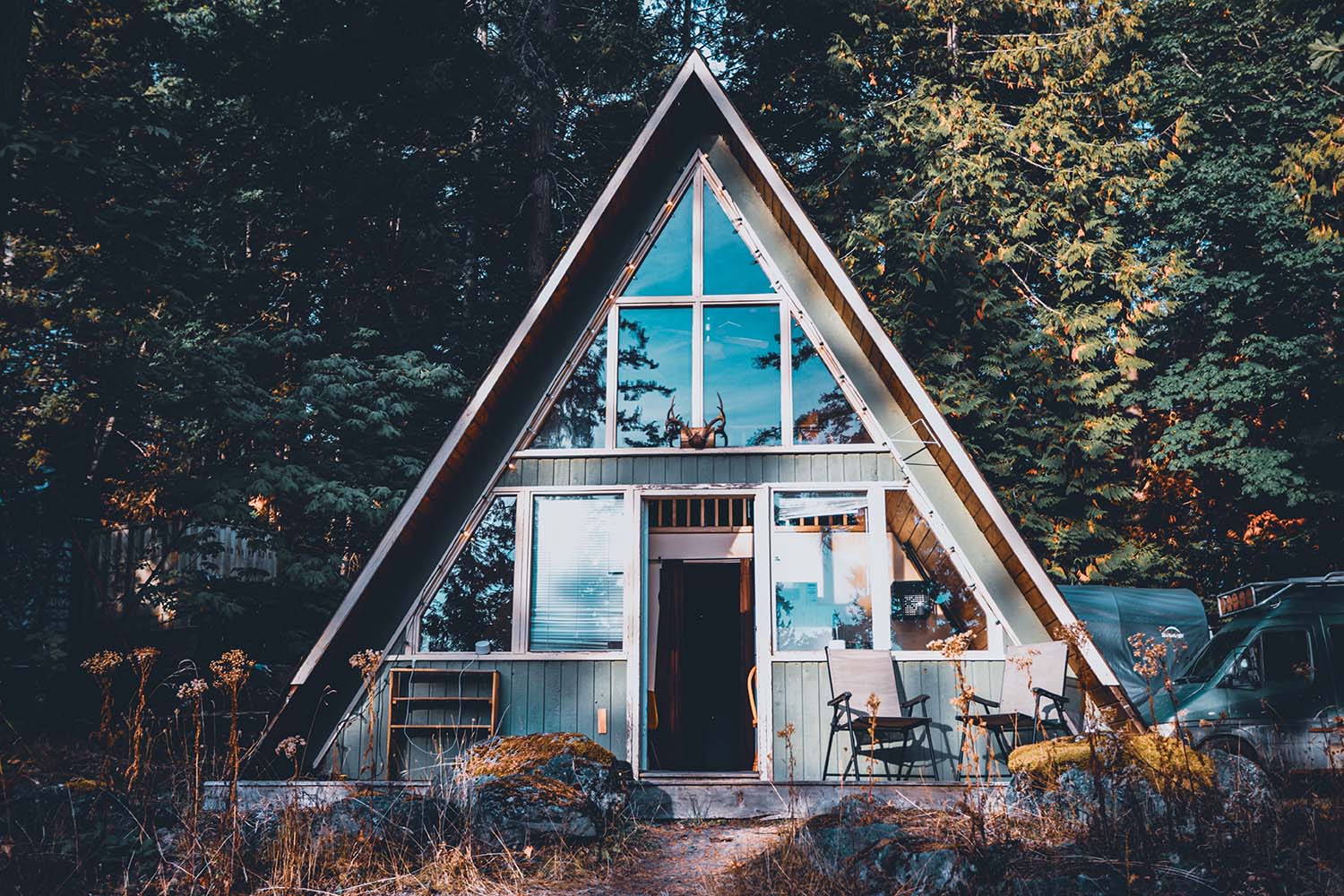
Photo, Lucas Favre.
New accommodation preferences: It’s not just the locations we travel to; it turns out, accommodation matters a great deal to consumers in 2020. A range of deals on sites such as travelzoo.com/uk show increased attention to the UK and quarantine-free offers, reflecting the radically altered market. Affordable cottage stays, country retreats and vouchers for hotels in British seaside towns now dominate.
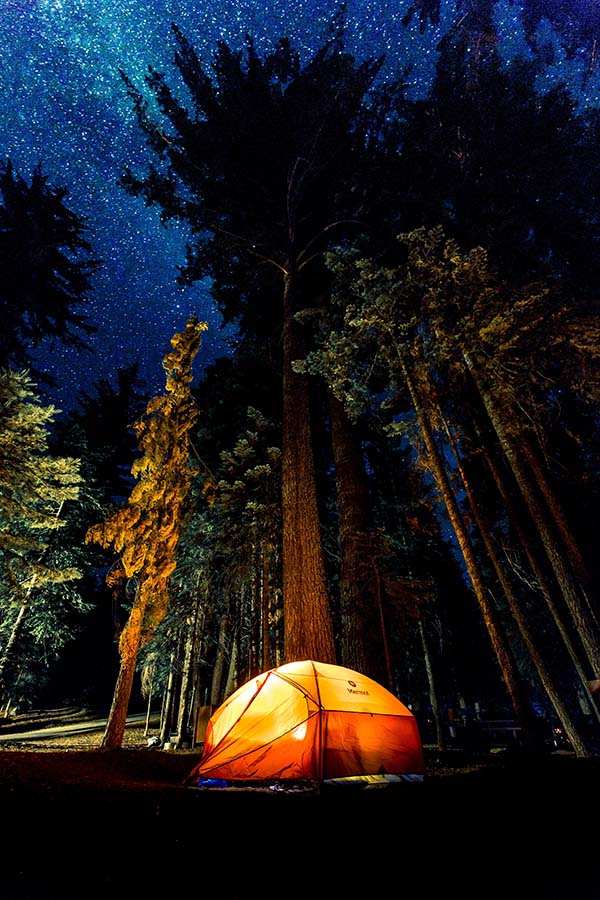
Photo, Denys Nevozhai.
Camping holidays have also experienced a popularity surge, with site bookings soaring after the Government reintroduced quarantine rules for Spanish travel, in particular. The 2020 camping craze may be partly due to the perceived relative safety of camping, since coronavirus transmission rates are known to be lower outdoors.
There may also be a growing preference for self-contained accommodation and for rural locations as travellers seek to maintain social distancing. When shopping centres and nightclubs have been closed and opening times restricted, open-air activities such as walking, cycling and hiking have taken on a more prominent role in our lives.
The outlook: Is the staycation here to stay? As Brits discover a new love for nature and driving-distance cities, could a lasting rise in domestic travel be on the cards? As the climate continues to become hotter, some of the traditional pull factors for international travel could start to weaken, after all.
Nonetheless, many Brits continue to journey abroad. With some considering a 14-day quarantine to be worthwhile, it seems unlikely the allure of tropical weather, exotic food and new cultural experiences will be making a permanent exodus.
